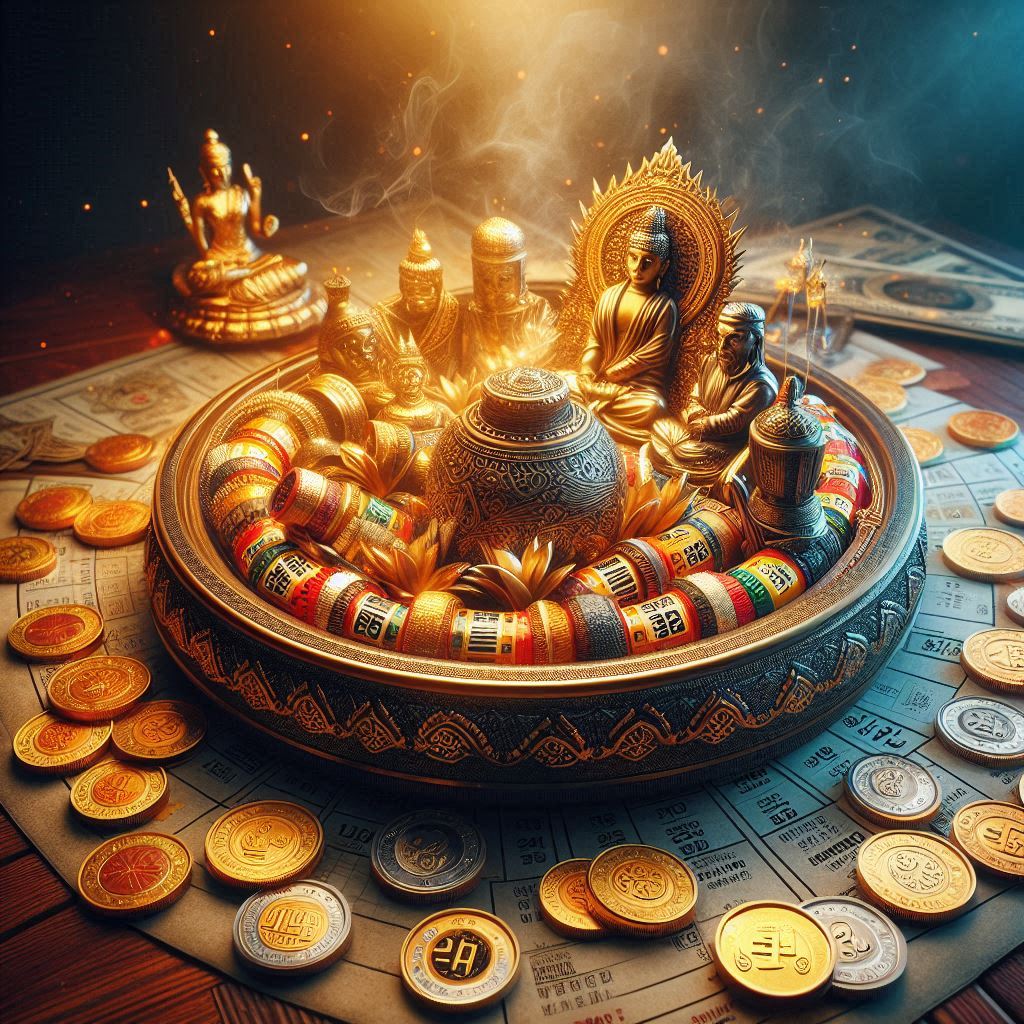In the vast world of gambling and lottery games, Indian Matka holds a unique and historical significance. Originating in India during the mid-20th century, Indian Matka has evolved from a simple lottery system into a full-fledged gambling game with a huge fanbase. Despite being banned in many regions due to its association with illegal betting, the game remains a cultural phenomenon, especially in parts of Maharashtra and Gujarat.
What is Indian Matka?
Indian matka is a form of number-based lottery gambling that involves betting on randomly drawn numbers. The term "Matka" means "earthen pot" in Hindi, which refers to the original method used to draw numbers — slips of paper were placed in a pot, and one was drawn to determine the winner. Over the years, this method transitioned into a more structured and digitized format.
Today, the game consists of two draws per day: the opening and closing numbers. Players can bet on a range of outcomes such as Single, Jodi (pair), Patti (three-digit number), and more. The game combines luck with simple numerical probability, making it appealing to a wide range of players.
A Glimpse Into Matka’s History
The roots of Indian Matka can be traced back to the 1950s when it started as a form of betting on the opening and closing rates of cotton traded on the New York Cotton Exchange. When that practice was discontinued, local bookies began drawing numbers randomly, leading to the birth of the Matka system.
In its heyday, the Matka business was dominated by legendary figures like Ratan Khatri, who was known as the “Matka King.” He introduced standardized rules and time schedules, making the game more reliable and popular among the masses. At its peak, thousands of crores were exchanged daily through Matka betting across India.
Digital Transformation of Indian Matka
With the advent of the internet and mobile technology, Indian Matka online has become more accessible than ever. Numerous websites and mobile applications now offer players the ability to check results, view charts, place bets, and receive expert tips—all from their smartphones.
This digital evolution has brought a fresh wave of players into the Matka world. People from urban and rural areas alike are now participating in this number game, drawn by the convenience and thrill of online betting. However, while online platforms are easier to use, they also come with risks, especially if they are unregulated or fraudulent.
Popular Indian Matka Markets
Indian Matka includes several popular markets, each operating with its own set of timings and rules. Some of the most well-known markets are:
- Kalyan Matka
- Milan Day/Night
- Rajdhani Day/Night
- Main Mumbai
These markets run on fixed schedules, providing daily draws and results. Players often rely on charts, historical data, and guesswork to improve their chances of winning.
Legal Status and Player Responsibility
Matka gambling is considered illegal in most parts of India under the Public Gambling Act of 1867. While some states allow games of skill, Matka is viewed as a game of chance and thus falls under banned activities. Players engaging in Indian Matka—especially online—do so at their own risk, potentially facing legal consequences if caught.
Aside from legality, gambling addiction is another concern. Many people fall into the trap of chasing losses, hoping for a big win. This often leads to severe financial and emotional problems. It is important to play responsibly, set limits, and treat it strictly as entertainment rather than a source of income.
Conclusion
Indian Matka is more than just a game—it's a legacy that has withstood decades of change, regulation, and modernization. Its evolution from paper slips in pots to digital charts on mobile screens reflects how traditions can adapt with technology. However, players must tread carefully, as the excitement of the game can easily lead to unwanted consequences.

